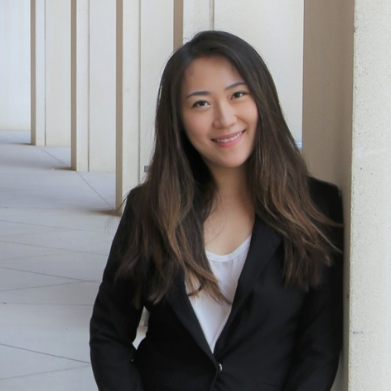Dr. Jiani Yu is an assistant professor of healthcare policy and research in the Division of Health Policy and Economics. Dr. Yu completed her Ph.D. in health economics at the University of Minnesota and worked as research associate in the health division at the American Institutes for Research.

Dr. Jiani Yu
What got you interested in healthcare policy and economics?
I’ve always been interested in how many market failures exist in our health care system, and how economics can help us to align incentives across the system. While working at the American Institutes for Research, I became fascinated with how numerous stakeholders in our health care system affect variation in quality, prices, and utilization of health services across the country. That led me to do a health services research Ph.D. program at the University of Minnesota, where I chose health economics as my focus area.
Tell us about your research
Over the past few years, I’ve been interested in health delivery systems and how innovation can improve the value of care. My focus has been specifically on telemedicine as a way to disrupt traditional brick and mortar forms of care. There’s potential for telemedicine to help achieve the triple aim of healthcare, but there hasn’t been a lot of solid evidence on how telemedicine is a cost-saving substitute to in-person care. The telemedicine industry has been quick to find investments – new start-ups pop up everywhere – but the research has lagged. Recent federal and state legislation expanding coverage and increasing provider reimbursement for telemedicine services have also led to expansions in the use of telemedicine services. The evidence on when telemedicine is a comparable or better alternative to conventional care, particularly in rural areas and for underserved populations, however is still limited. Another important issue to me is improving access to care. All around the country, there are hospitals closing, especially in rural areas. How can telemedicine be used to increase access to high-quality care? In my work, I have characterized the patterns of telemedicine use across patient coverage populations, examined direct-to-consumer telemedicine, and evaluated the relationship between payment parity and telemedicine. There’s still a lot of work that needs to be done to fill in gaps in the evidence however. There are many different ways in which telemedicine can be used for different patient populations and conditions, and new models of care incorporating virtual health are continuing to evolve.
What brings you to Weill Cornell Medicine?
It was the opportunity to continue to study telemedicine in a department that is very interested in health care innovation. There is also the presence of powerful mentors at Weill Cornell, which includes Dr. Rainu Kaushal, Dr. Larry Casalino, and Dr. Said Ibrahim. I think it’s rare to find solid leadership across divisions – and being in a department that’s female-led was important to me as well. The diversity of the Department is also very strong.
- Faculty Updates

